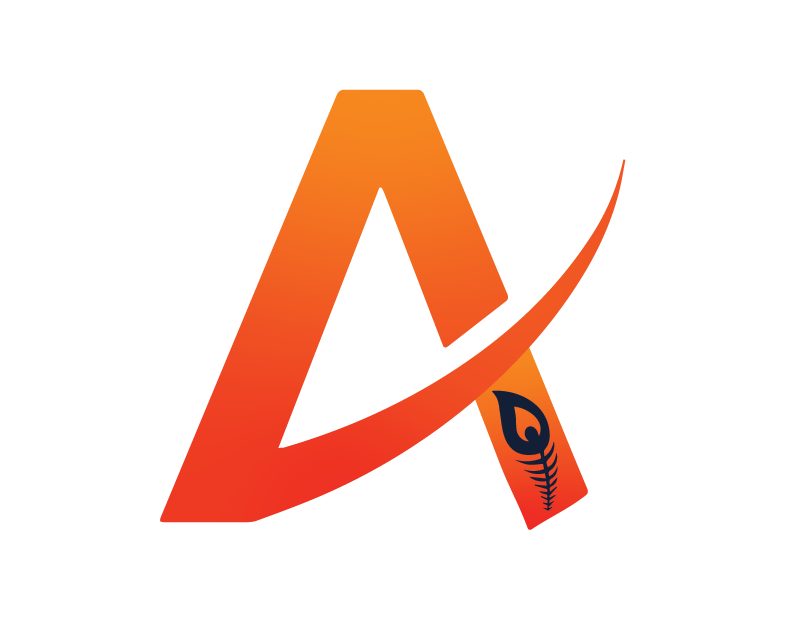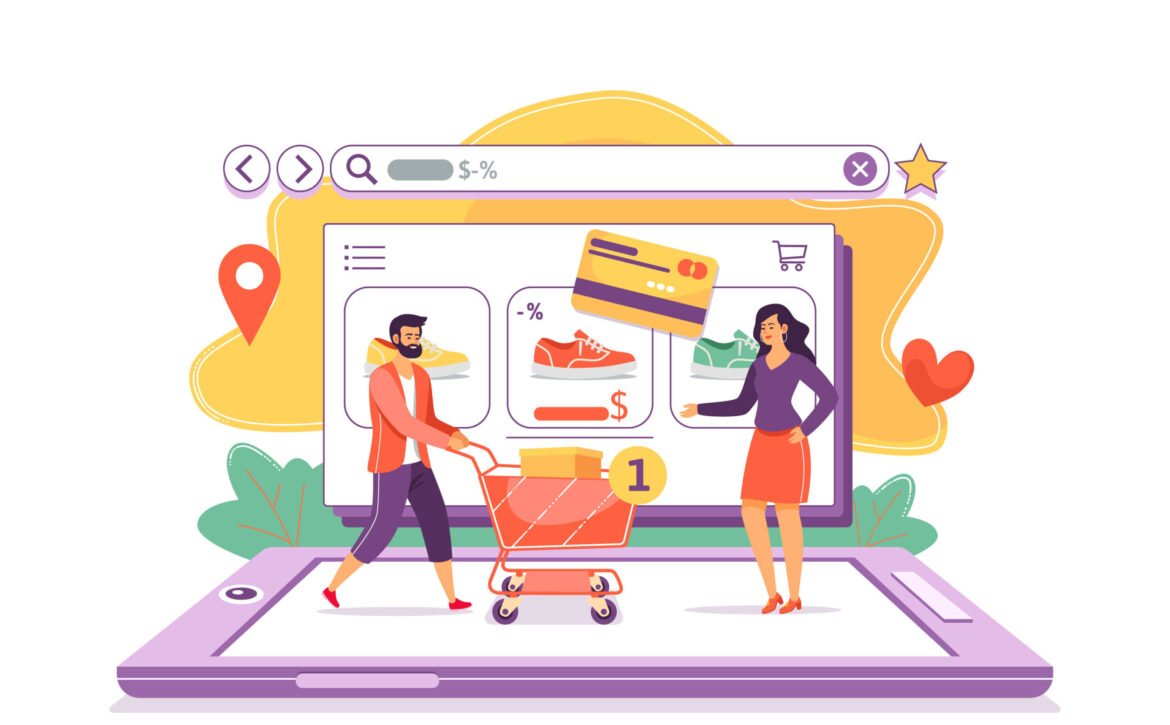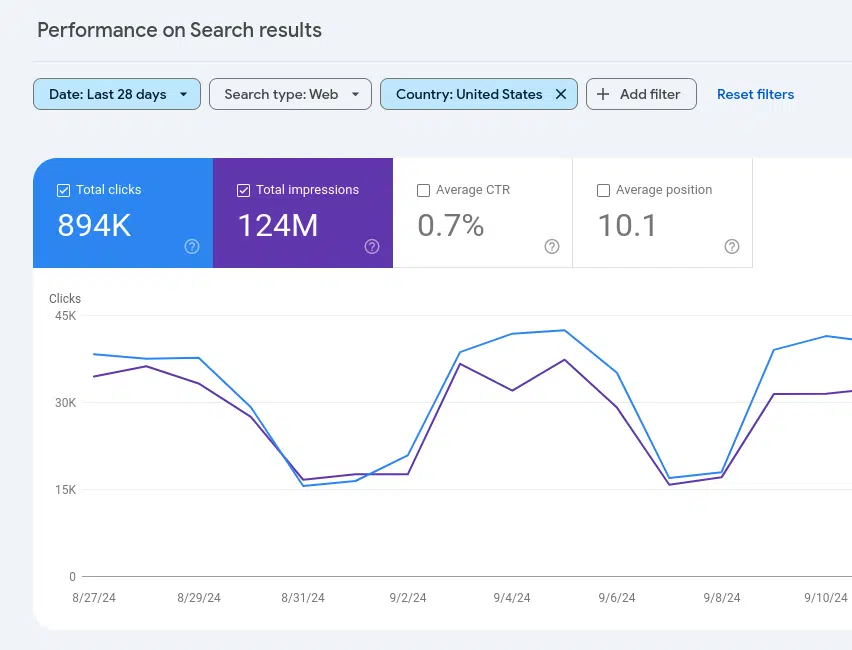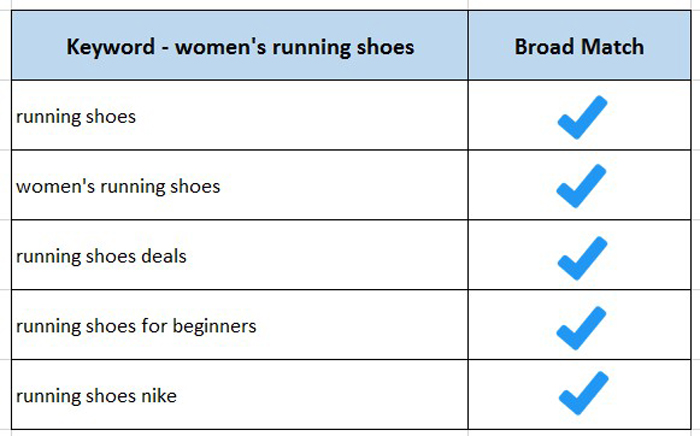What Links Should You Build for A Natural Backlink Profile?
Building a natural backlink profile is crucial for long-term SEO success. Search engines like Google prioritize websites with diverse, high-quality backlinks, treating them as credibility and authority. However, it’s important to focus on acquiring a variety of natural links that reflect organic interest in your content, rather than using spammy. Below is a detailed guide on what types of links you should build to create a natural backlink profile.
1. Editorial Backlinks
Editorial backlinks are the gold standard for a natural backlink profile. These are links earned when other websites organically reference your content because they find it valuable or insightful.
- How to Earn Them:
- Create high-quality, informative content such as blog posts, research studies, and infographics that people want to read.
- Use data-driven insights that others can refer to in their own content.
- Why They Are Valuable:
- Editorial backlinks come naturally when your content is authoritative and credible.
- They are often linked from high-domain-authority websites, boosting your SEO.
2. Guest Post Links
Guest posting allows you to build backlinks by contributing content to other websites. This can help you reach a wider audience while also earning a backlink to your website.
- How to Earn Them:
- Identify reputable blogs in your niche that accept guest posts.
- Create high-quality, original content tailored to their audience, with a natural, non-promotional link back to your site.
- Why They Are Valuable:
- When done on relevant, authoritative websites, guest posts can significantly boost your domain authority.
- They introduce your brand to a new audience, driving traffic in addition to link value.
3. Niche Directory Links
Niche directories are directories specific to your industry or topic. They help users find resources or services within a particular niche, and many of them offer do-follow links, which pass authority.
- How to Earn Them:
- Research directories relevant to your industry.
- Submit your website to reputable directories. Avoid low-quality or spammy directories, as these can harm your SEO.
- Why They Are Valuable:
- High-quality directories provide valuable contextual backlinks within your industry.
- They help build a diverse backlink profile without appearing manipulative.
4. Social Media Links
Although social media links are often no-follow, they still play an important role in driving traffic and creating natural link-building opportunities. They are signals of authority that indirectly help your SEO.
- How to Earn Them:
- Share your content on social platforms like Facebook, Twitter, LinkedIn, and Pinterest.
- Encourage your audience to share your content, creating more natural links.
- Engage with influencers and communities on social platforms that might share your content.
- Why They Are Valuable:
- Social media links drive traffic to your website, which can lead to more natural backlinks from other sites.
- Although they may not directly pass SEO authority, they increase brand visibility and engagement.
5. Broken Link Building
Broken link building involves finding broken links on other websites and suggesting your content as a replacement. This helps both parties: the site owner fixes a broken link, and you earn a backlink.
- How to Earn Them:
- Use tools like Ahrefs or Screaming Frog to identify broken links on relevant websites.
- Contact the site owner, informing them of the broken link and suggesting your own content as a replacement.
- Why They Are Valuable:
- This method provides a win-win scenario and is considered highly ethical.
- The replacement link is highly relevant, improving both SEO value and user experience.
6. Contextual Links
Contextual links are links that are placed within the body of a blog post or article, naturally fitting into the flow of the content. These are often seen as more valuable than links in footers or sidebars because they are within relevant content.
- How to Earn Them:
- Create content that others in your niche will find helpful and want to reference.
- Build relationships with bloggers and industry experts who may link to your content naturally within their posts.
- Why They Are Valuable:
- Contextual links tend to have higher SEO value because they are placed within relevant, high-quality content.
- They appear more natural and are often viewed as editorially earned.
7. Testimonial Links
Offering a testimonial or review for a product or service you’ve used can earn you a backlink from the company’s website. Many companies feature testimonials on their site with a link to the author’s website.
- How to Earn Them:
- Reach out to companies whose products or services you’ve genuinely used.
- Offer a detailed, honest testimonial and ask if they would consider linking back to your website.
- Why They Are Valuable:
- Testimonial links are a great way to get a link from a reputable website without appearing spammy.
- They help build relationships with companies in your industry.
8. Local Business Citations
If you have a local business, getting listed in local directories and earning backlinks through citations is crucial. These include mentions of your business’s name, address, and phone number (NAP) along with a link to your site.
- How to Earn Them:
- Submit your business information to high-quality, trusted directories such as Yelp, Google My Business, and industry-specific local directories.
- Ensure your NAP information is consistent across all platforms.
- Why They Are Valuable:
- Local citations help improve your local SEO, boosting your site’s visibility in geographically related searches.
- They create a diverse link profile, especially important for local businesses.
9. Infographic and Visual Content Links
Infographics and other visual content like charts, diagrams, and videos can attract a lot of backlinks, as people love to share visual content in their blogs and articles.
- How to Earn Them:
- Create visually appealing and informative infographics or charts relevant to your niche.
- Submit these to infographic-sharing websites, and reach out to blogs that may want to use them in their content.
- Why They Are Valuable:
- Infographics can be shared widely, creating multiple backlinks from various sites.
- They offer value to users and are often linked to by high-authority websites.
Conclusion
Building a natural backlink profile is all about earning links that reflect genuine engagement with your content. By focusing on a diverse range of link types from editorial backlinks to guest posts, niche directories, and even broken link building, you can create a robust, organic link profile that not only boosts your search rankings but also enhances your website’s authority and credibility. Remember, the goal is not to manipulate search engines but to create content that naturally attracts links.











